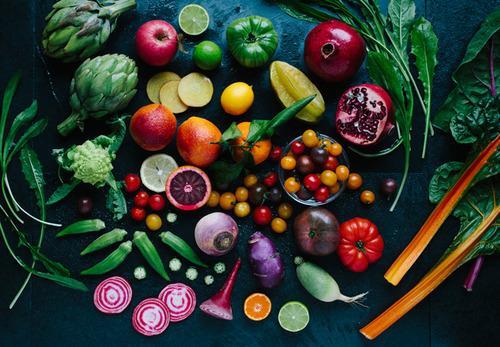The world we live in today is crazy, to be frank. Between social media insanity and higher standards in academics and the professional world, our society is constantly on the move. What doesn’t help is the habit of abusing caffeine, which Americans tend to do very frequently. Coffee is considered healthy within one or two cups, yet how many can stop at just there? One or two cups turns into three or four, and the caffeine intake becomes unnecessary. Similar to coffee, high energy drinks such as Red Bull, Rock Star, and Monster have been integrated into our society like any other drink. These drinks have high concentrations of caffeine and vitamins as well as other stimulants that are simply not healthy for the body.
The most famous energy drink is Red Bull. Besides the expected 27 grams of sugar and 80 mg of caffeine, other ingredients include Taurine, Glucuronolactone, and a mixture of specific vitamins like vitamin B-5. Taurine, as stated by the Organic Authority website, can be considered a stimulant with similar effects as caffeine; Red Bull contains about 1000 mg of it, on top of the 80 mg of caffeine. Glucuronolactone is another stimulant that yields “mild anti-depressant effects.” Meanwhile, the mix of vitamins in Red Bull is not entirely bad for you, yet in the concentrations that the drink has them in may affect your body negatively (i.e. crash). Lastly, the vitamin B-5, also referred to as D-Panthothenol, has been connected to positive and negative results on the body. Some of the positive effects include improved mood and increased metabolism while the negative effects are possible acne, fatigue, and muscle cramps.
Rock Star and Monster both have similar ingredients, but with more unnecessary stimulants. Carnitine, guarana, and panax ginseng are three ingredients specific to Rock Star and Monster that may cause the body to have adverse affects, according to a publication by the University of California-Davis. Carnitine is advertised to improve endurance and fight against cardiovascular disease, yet scientific studies have been unable to prove these statements true. Guarana is boasted to increase energy and physical performance; guarana (which is mostly caffeine) yields caffeine’s positives yet the public has no idea what its true negatives are. Lastly, panax ginseng is supposed to speed up recovery from sickness and improve mental and physical aspects of the body. These claims are bold, and scientific studies again disprove them.
These ingredients are hyped up in the advertisements, yet they simply do not do for the body what they are claimed to do. The worst part, moreover, is that our society has yet to see the long term affects of these energy drinks. Products like Red Bull and Rock Star have only been in the market for maybe two decades, meaning the permanent effects to the body have yet to be revealed. Another scary factor about these drinks are the linked deaths and illnesses. WebMD discusses a FDA report in 2012 where forty cases of sickness and five deaths were correlated with Monster energy drink, while thirteen cases and “two lasting disabilities” are connected to Rockstar. These figures are intimidating, because in the end, is death or a long-term disability worth the five dollars one spent on an energy drink?

Sources:
http://www.organicauthority.com/health/energy-drink-breakdown-whats-in-a-red-bull-anyway.html
http://anrcatalog.ucdavis.edu/pdf/8265.pdf
http://www.webmd.com/diet/news/20121116/more-deaths-illness-energy-drinks







 Along with all of these negative effects, constant cellphone use has also been linked to loss of vision and even more severe, brain cancer. So you tell me, is all of that worth it. Of course I’m not telling you to completely get rid of your phone but using it less often will be sure to lead to better results in the long run.
Along with all of these negative effects, constant cellphone use has also been linked to loss of vision and even more severe, brain cancer. So you tell me, is all of that worth it. Of course I’m not telling you to completely get rid of your phone but using it less often will be sure to lead to better results in the long run.




